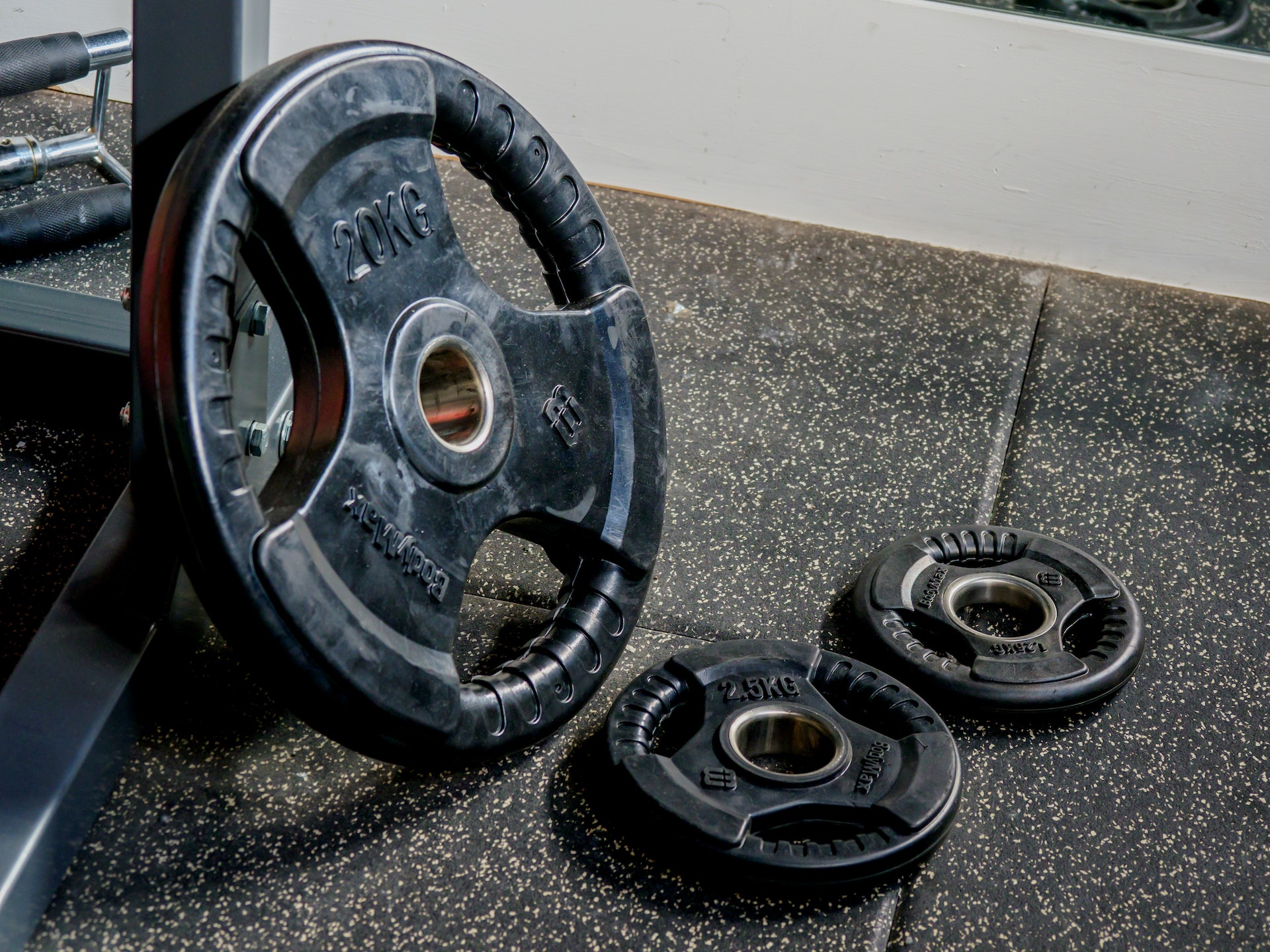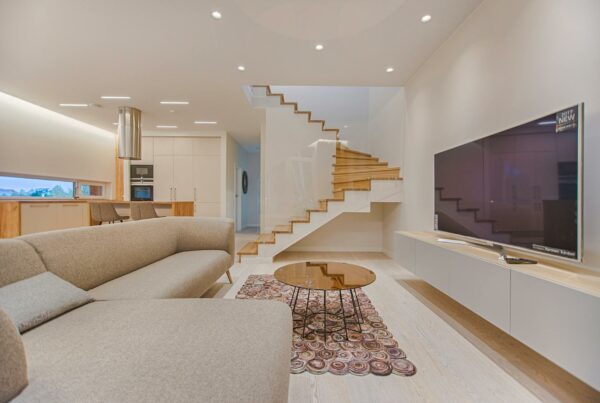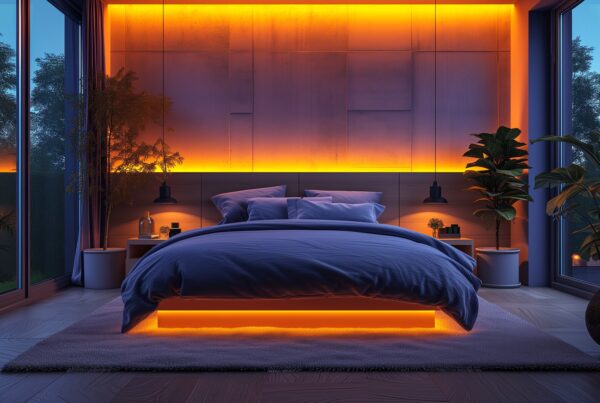Last Updated on October 24, 2023
Having a home gym isn’t essential, but if you’ve got some extra space, it’s a great addition. Plus, a customized workout space can motivate you to exercise more regularly.
Nowadays, working out at home is becoming more preferable because of varying fitness goals and hectic lifestyles. Still, general home gyms are not in much demand; rather, fitness enthusiasts of the modern era need their own space. They want space that is made according to their particular needs.
Understanding the Importance of Personalization
The particular approach of the era of one-size-fits-all fitness is far behind us. There is a high demand for customization because fitness goals keep changing with time. Recently, in the IHRSA report, this change is highlighted, stating that “active consumer motivation demands a highly personalized delivery; the fitness industry can no longer provide a one-size-fits-all approach.”
Now, fitness plays an important role in well-being. Health enthusiasts and consumers want their home gyms designed according to their particular preferences and fitness goals. So personalization is a key objective to get easy access, versatility, flexibility, and an area that motivates yourself.
Assessing Your Space and Budget
With the growing interest in home gyms, the first step should be determining your budget and the space you’re working with.
When assessing a space, consider not only entire rooms but also specific corners. Potential areas include basements, porches, bedrooms, attics, and backyards. Consult a custom home builder, as they often offer applications and software to help plan out concealed structures. Remember to account for ceiling height, electrical needs, ventilation, floor durability, and access routes.
As far as budget is concerned, keep in mind the durability of things. For elaborate gyms, expenses might range from & $1,500 to $ 10,000. Maintain actual budgets for necessities and have high-quality tools over time.
Acknowledge expense options to spread expenses out while planning the budget, keep in mind all the expenses regarding accommodation, maintenance, and upgrades.
Whatever your present fitness condition is, estimate the place you can specify for your home gym. You must decide the budget, resulting in durable and versatile usage. Your ideal gym settlement will take time, so start with efficiency and make progress.
Steps to Designing Your Custom Home Gym
Having your space and budget, it’s up to you to customize your workplace.
Step 1: Creating Your Custom Layout
Coordinate with professionals for the best outcome. Arrange 2D and 3D essential visits of suggested layouts and review until your gym comes into digital shape.
Plan out details such as flooring, mirrors, lighting, and interior. Focus on factors that prompt you and boost your performance.
IHRSA stresses most healthy modalities, which are easily manageable at home gyms. So whatever you like most, such as robust training HIIT, yoga, or cycling exercise, customize your gym according to your needs.
Step 2: Refinement and Approval
Reevaluate the beginning of your home gym design and team up with a specialist to complete machinery preferences and arrangements for a clear setup. Talk through the timetable, lead times, and shipment dates.
This clarifying phase makes sure your gym lines up with your fitness personality and goals, and motivates you to work out on your conditions.
Step 3: Delivery and Installation
Accommodate your delivery and book skilled machinery fitting to get your personalized gym set up. Verified specialists can control the heavy lifting while ensuring the right arrangement for protection and durability.
Choosing the Right Equipment for Your Needs
It’s crucial to invest in equipment that can help you meet your fitness goals, especially considering the rise in home fitness equipment purchases during studio closures in 2020.
That may include rowers, massage guns, treadmills, ellipticals, plate-loaded equipment, strength systems, or yoga gear. Be sure to make decisions that are based on personal goals, budget, and space. With this, you can get the maximum return on your home gym investment.
Conclusion
Though it is important to design your home gym, the equipment can only function safely and for years if installed by a professional. The equipment should also be maintained for it to work for the long term.
Renowned fitness brands provide comprehensive support, which is advantageous for users. With their assistance, individuals can concentrate better on their workouts. This focus makes it simpler to reach one’s specific fitness objectives.
FAQs
What is the most essential equipment for a beginner’s home gym?
The main equipment for novices includes dumbbells, a weight bench, and a resistance band. Exercise bikes and treadmills are good for cardiac patients. For the initial stage, jump ropes, foam rollers, and yoga mats are great options, too.
How can I ensure the safety of my home gym equipment?
To ensure the safety of your home gym equipment, you must read the safety guidelines written by the manufacturer. You should correctly assemble the equipment, make sure it is properly installed, and examine the equipment regularly.
How often should I update or upgrade my home gym equipment?
Gym equipment should undergo minor updates every 2-3 years. Every 5-7 years, refresh your gym equipment to stay relevant to your fitness requirements.





